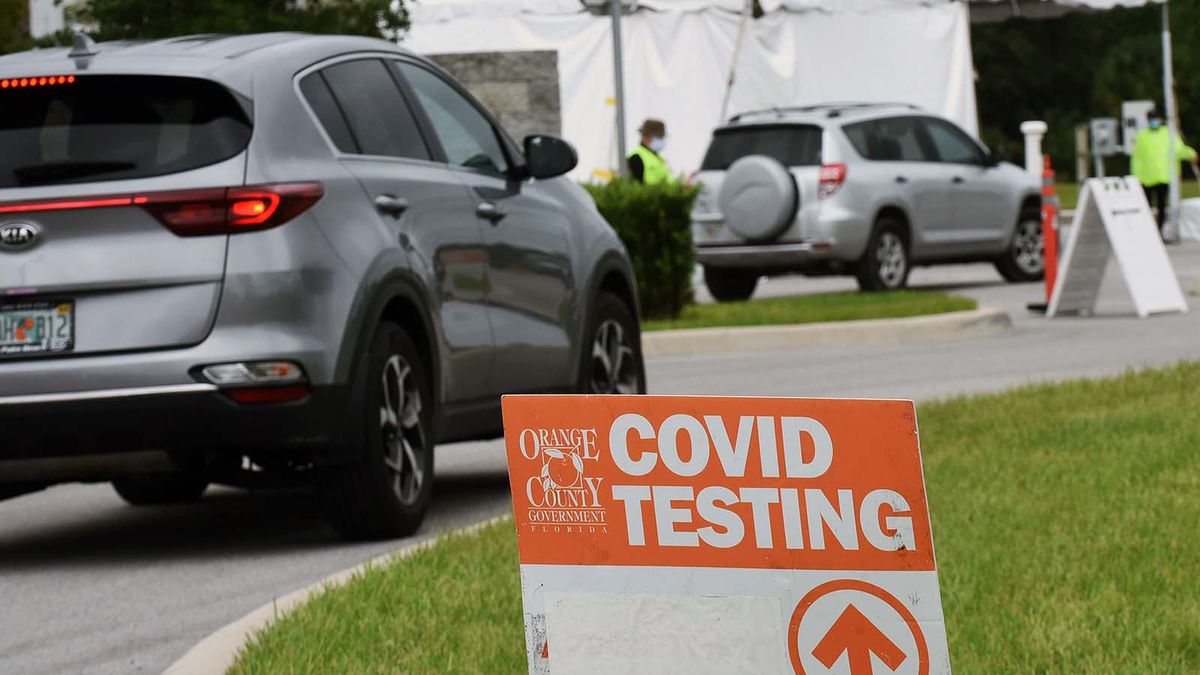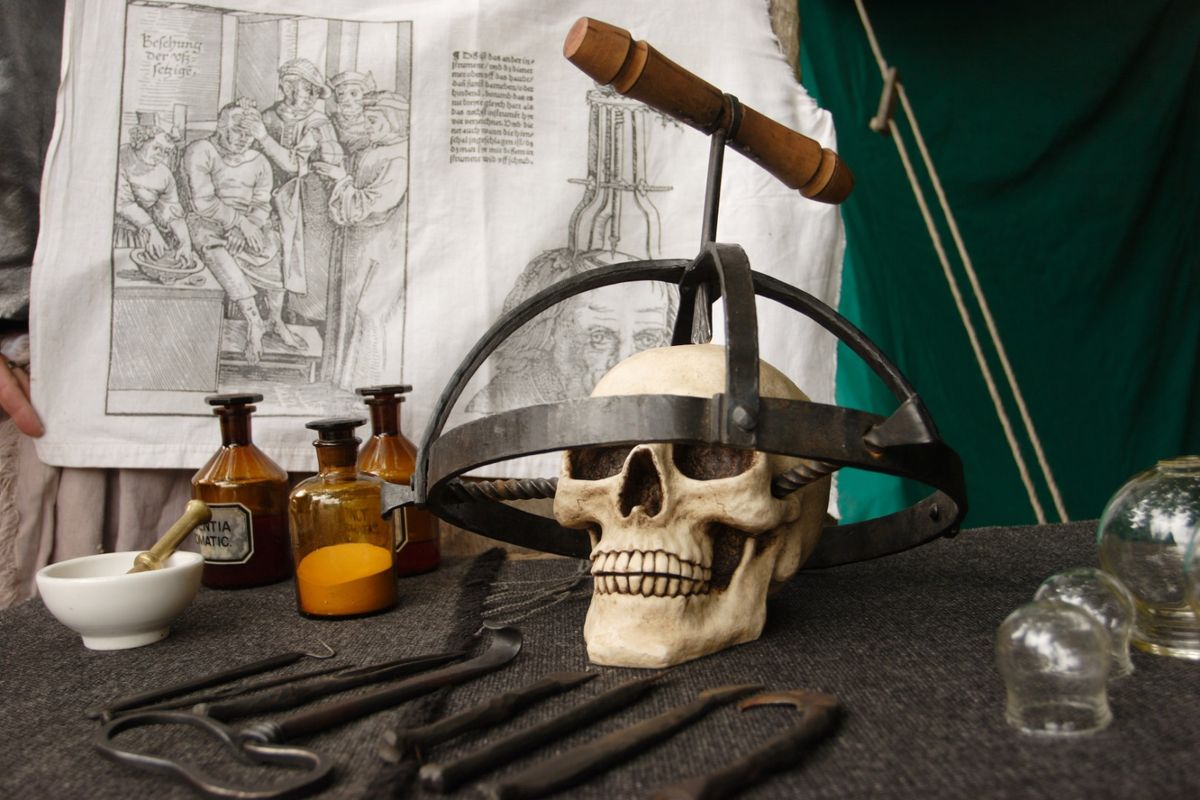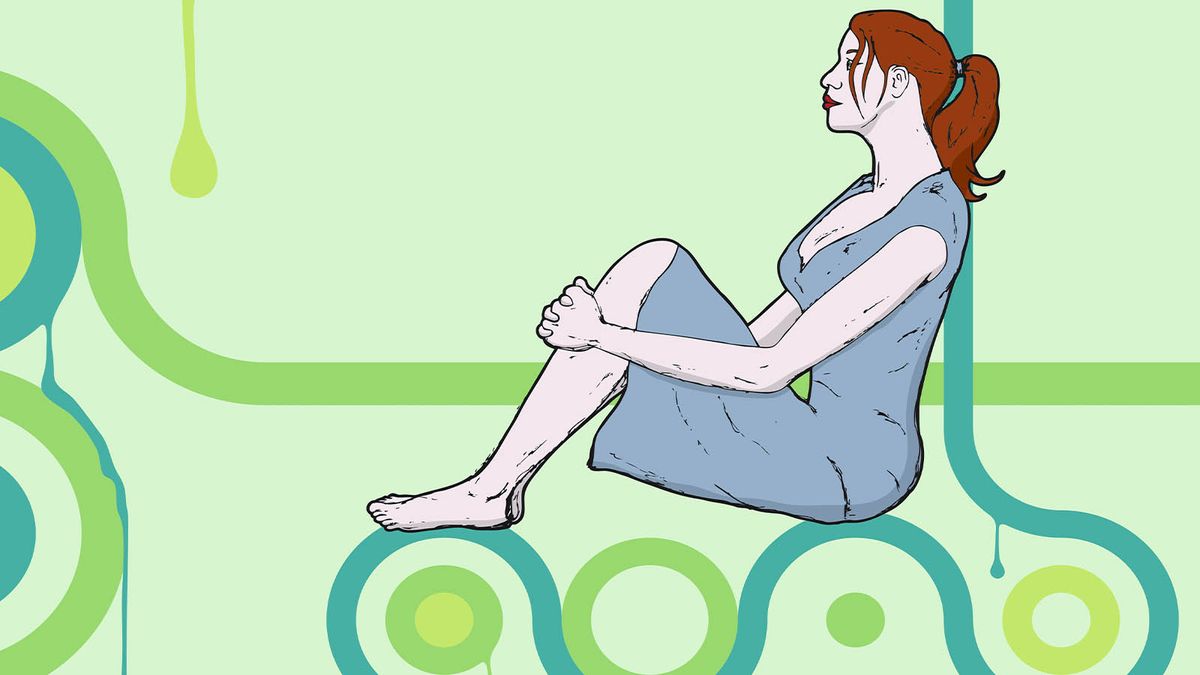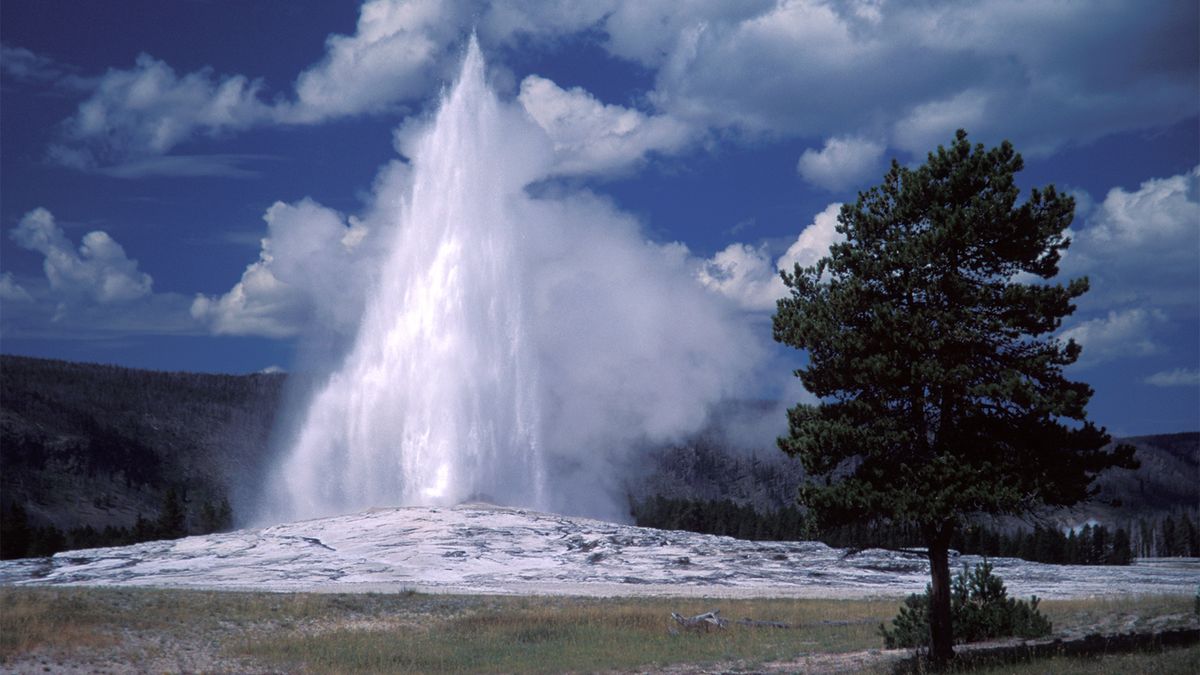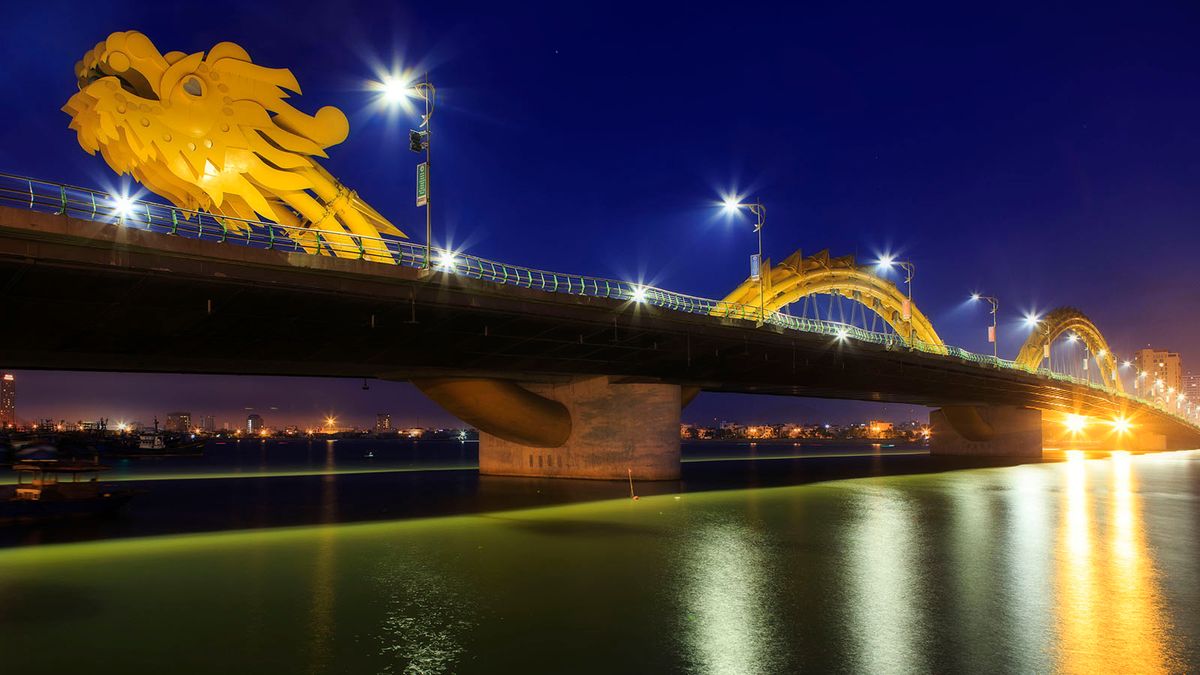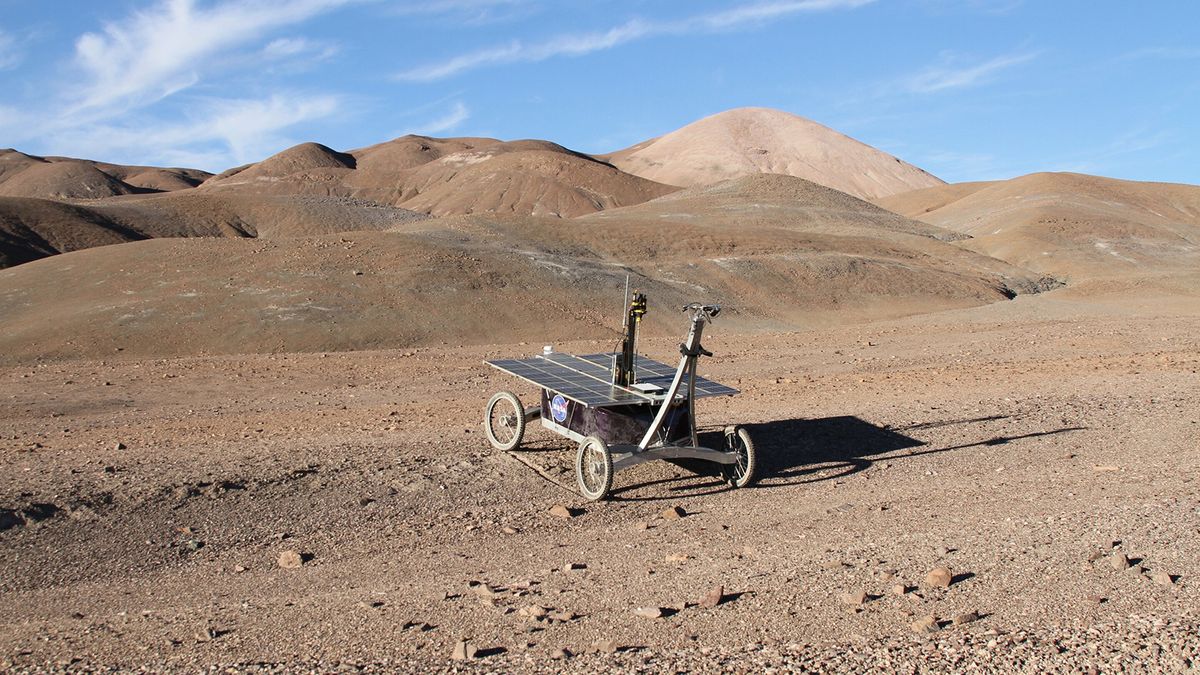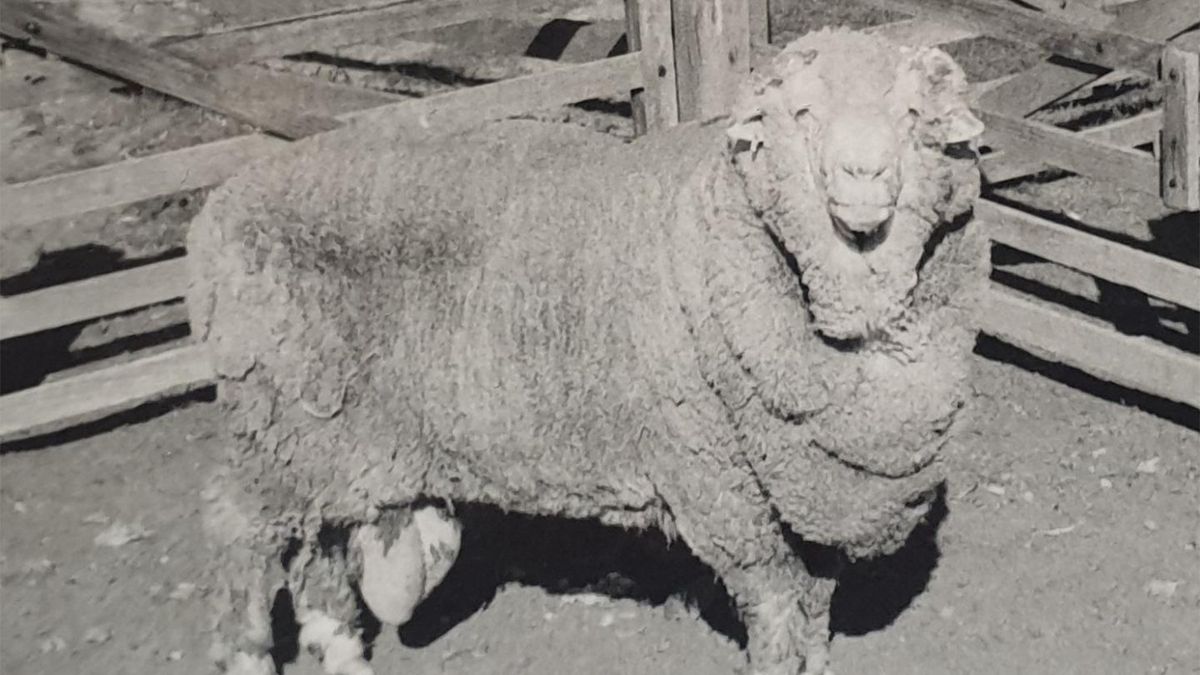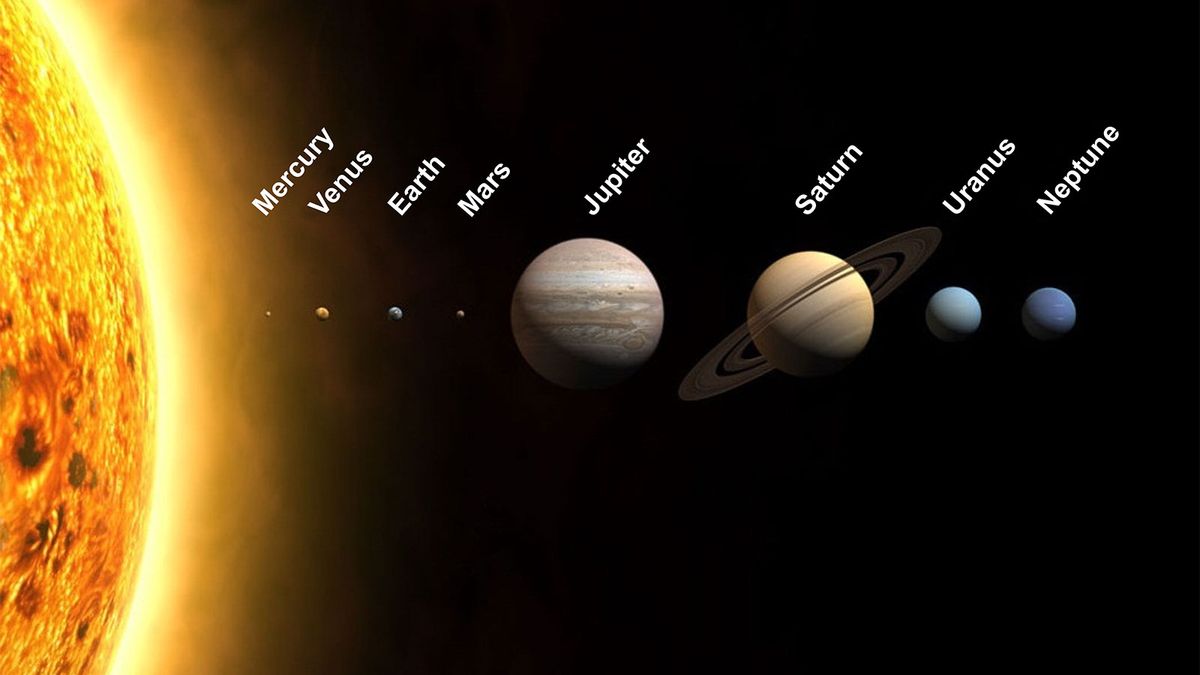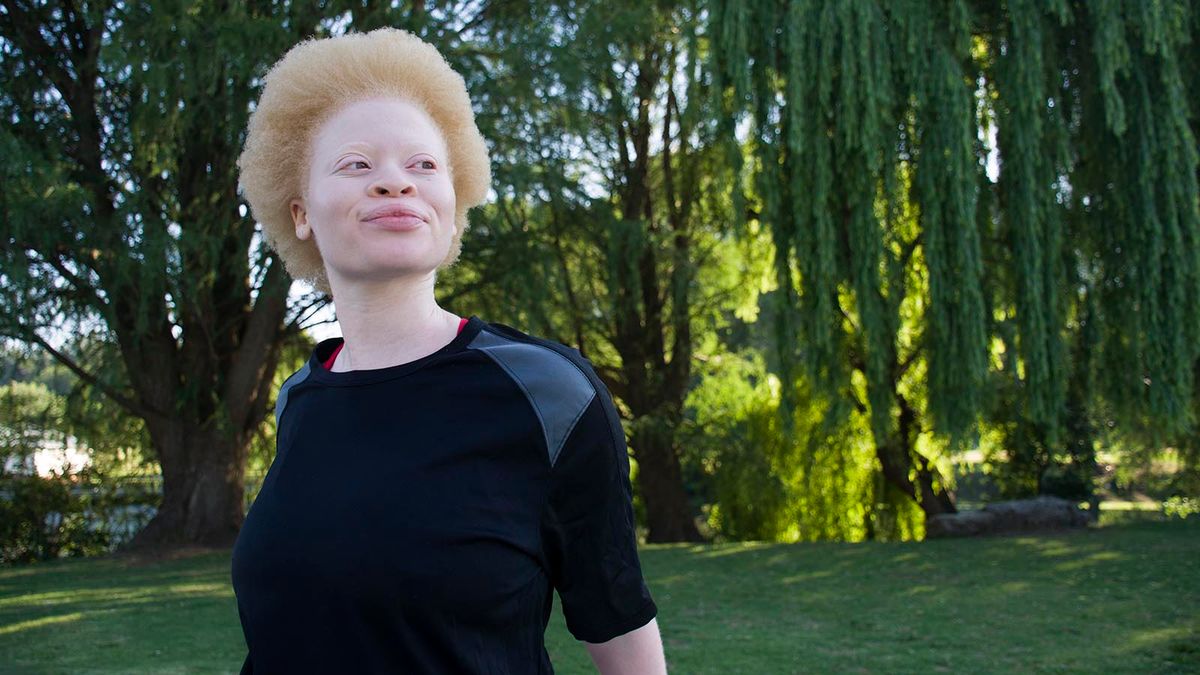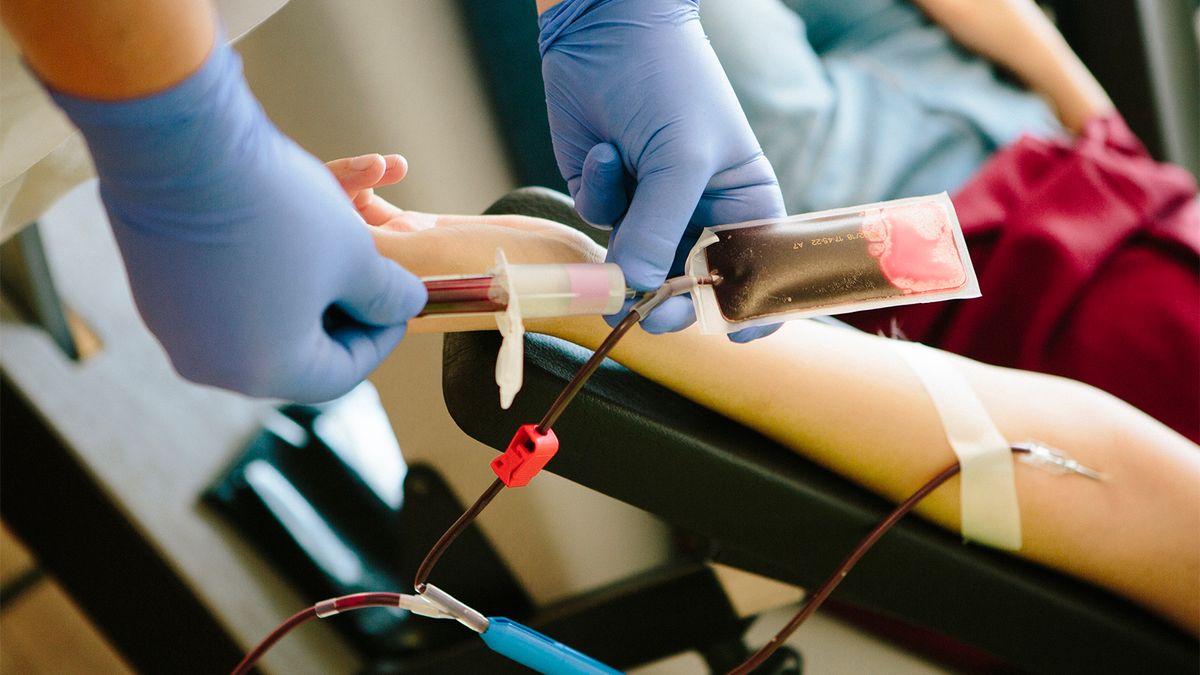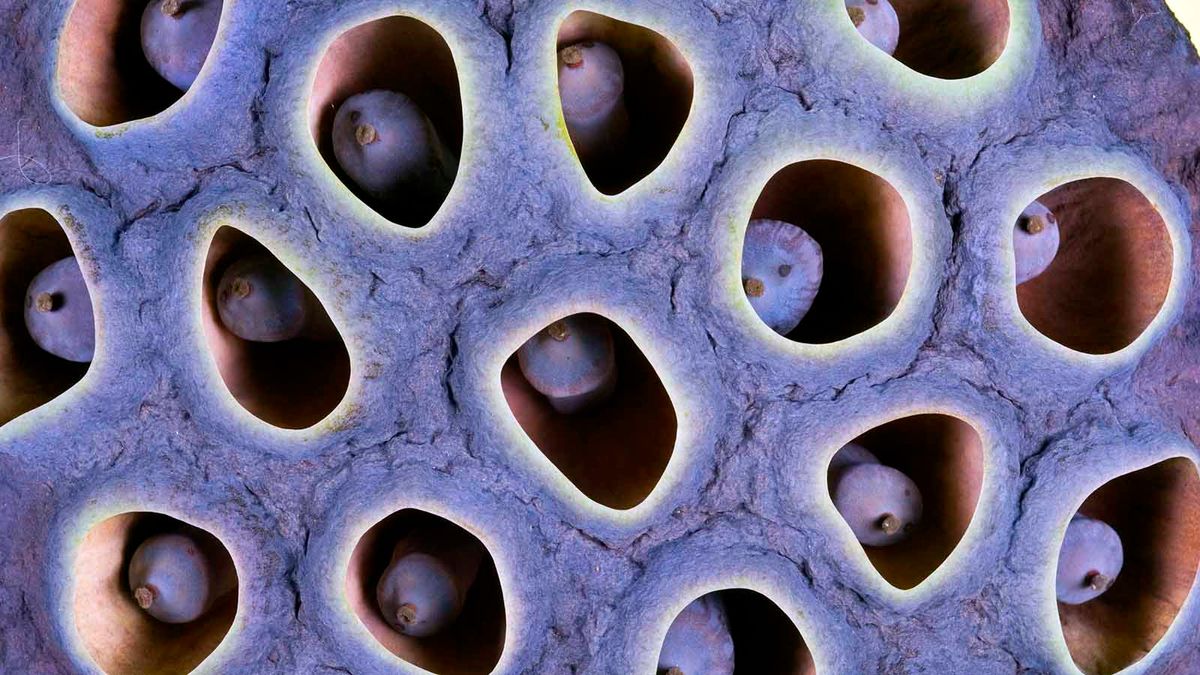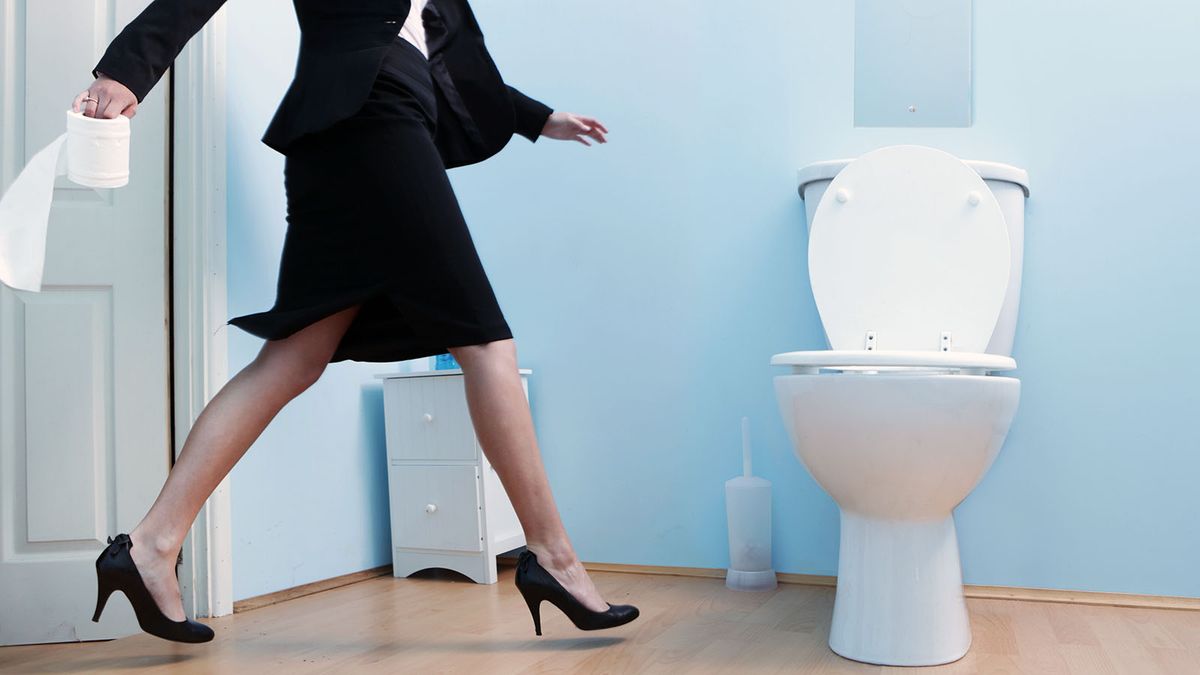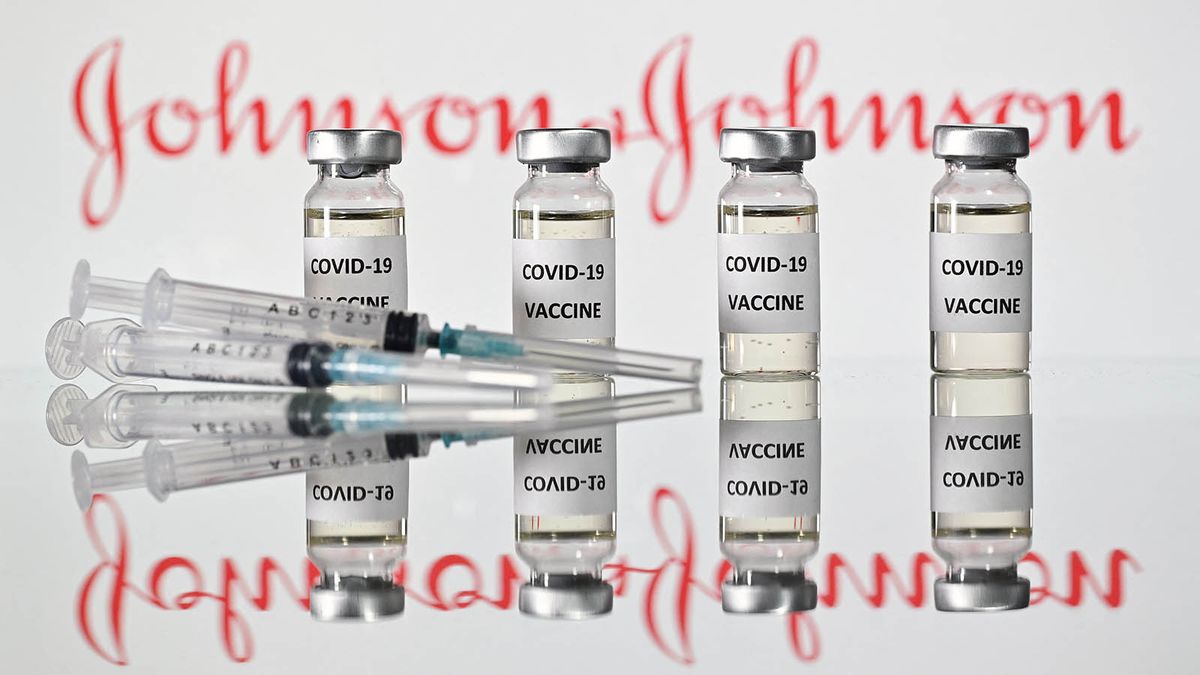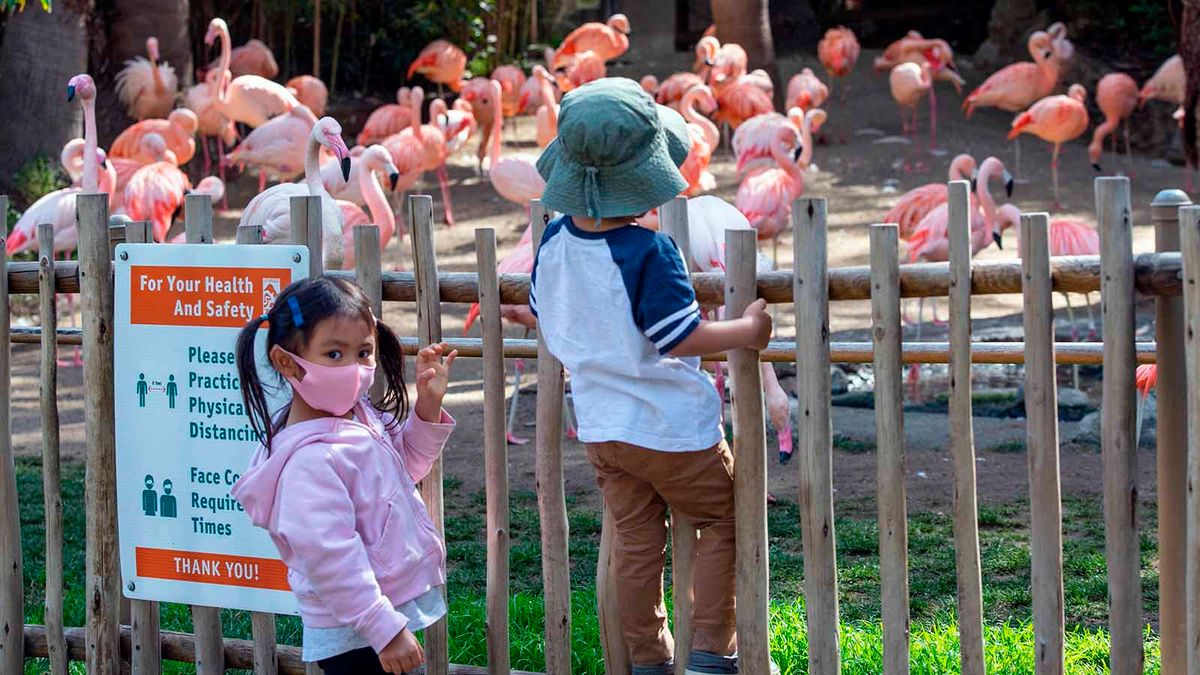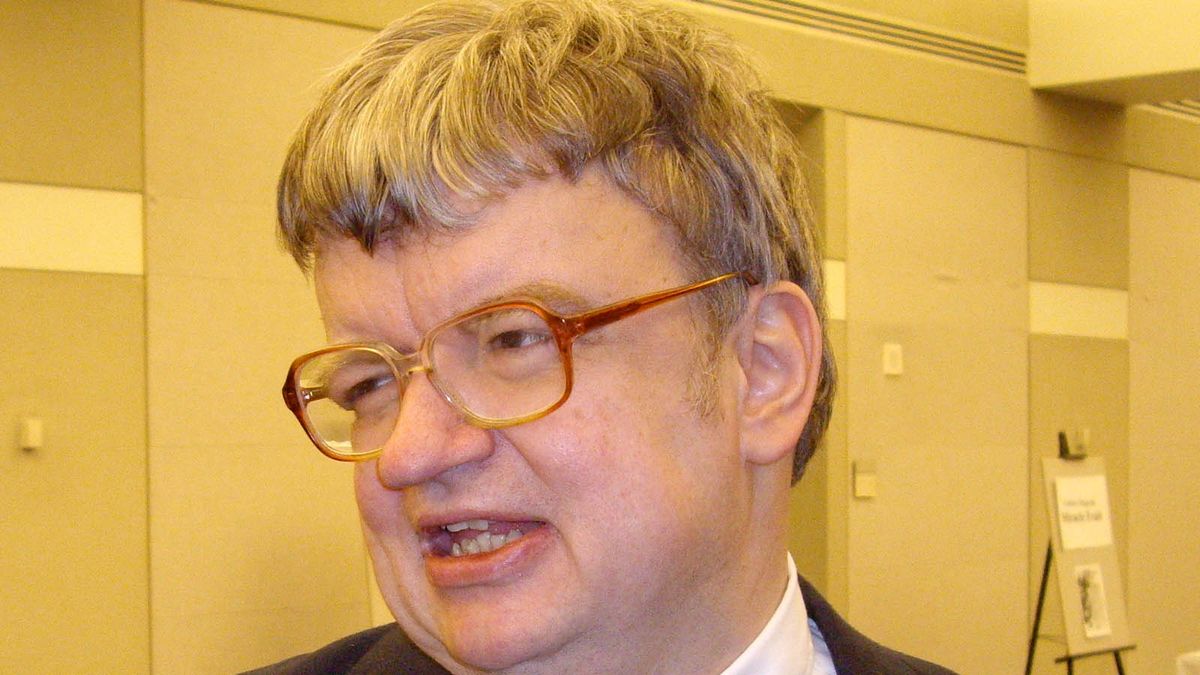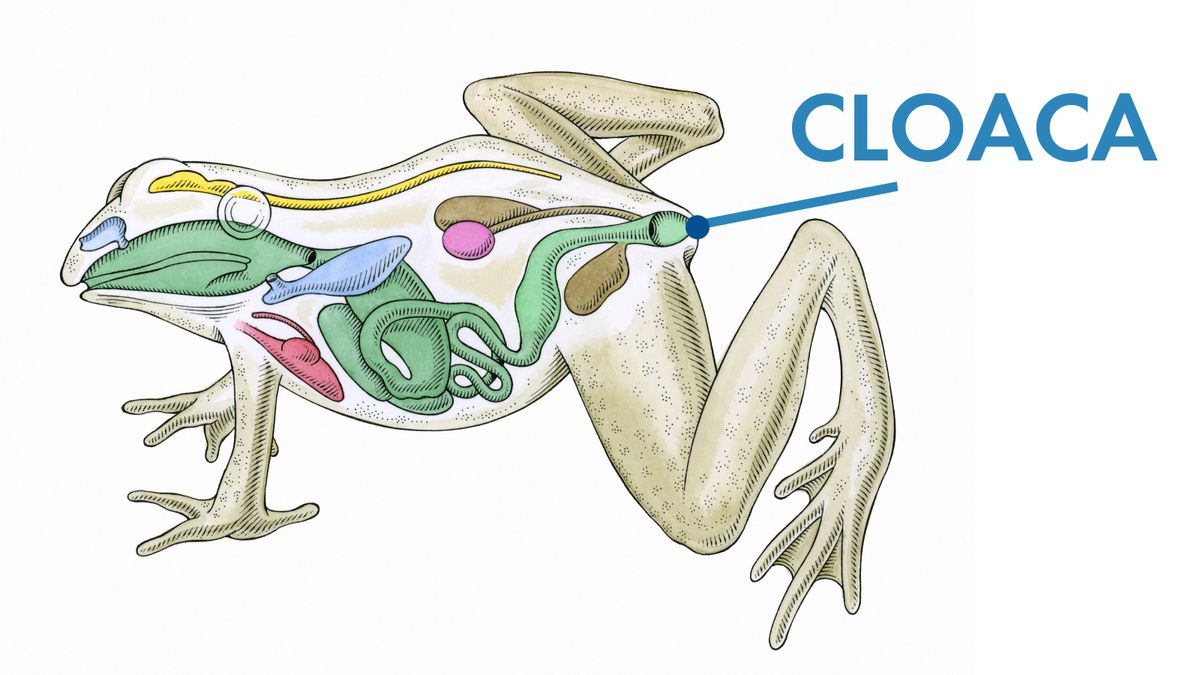Еще в 3000 году до нашей эры люди использовали энергию ветра.
Иногда трудно представить воздух как жидкость. Это только кажется таким... невидимым. Но воздух — это жидкость, как и любая другая, за исключением того, что его частицы находятся в форме газа, а не жидкости. А когда воздух движется быстро, в виде ветра, эти частицы тоже движутся быстро. Движение означает кинетическую энергию, которую можно захватить, подобно тому как энергия движущейся воды может быть захвачена турбиной плотины гидроэлектростанции . В случае ветроэлектрической турбины лопасти турбины предназначены для улавливания кинетической энергии ветра. Остальное почти идентично гидроэлектрической установке: когда лопасти турбины захватывают энергию ветра и начинают двигаться, они вращают вал, который ведет от ступицы ротора к генератору. Генератор превращает эту энергию вращения в электричество .. По своей сути производство электроэнергии из ветра — это передача энергии из одной среды в другую.
Ветроэнергетика начинается с солнца. Когда солнце нагревает определенный участок земли, воздух вокруг этого массива суши поглощает часть этого тепла. При определенной температуре этот более горячий воздух начинает очень быстро подниматься вверх, потому что данный объем горячего воздуха легче, чем такой же объем более холодного воздуха. Более быстро движущиеся (более горячие) частицы воздуха оказывают большее давление, чем более медленно движущиеся частицы, поэтому их требуется меньше для поддержания нормального давления воздуха на заданной высоте (см. Как работают воздушные шары , чтобы узнать больше о температуре и давлении воздуха). Когда этот более легкий горячий воздух внезапно поднимается вверх, более холодный воздух быстро поступает внутрь, чтобы заполнить зазор, оставленный горячим воздухом. Этот воздух, стремящийся заполнить щель, — это ветер.
|
Благодарю вас
Спасибо
Вилли Ченгу за помощь в написании этой статьи.
|
Если вы поместите объект, например лопасть ротора, на пути этого ветра, ветер будет давить на него, передавая часть своей энергии движения лопасти. Так ветряная турбина получает энергию ветра. То же самое происходит и с парусной лодкой. Когда движущийся воздух давит на барьер паруса, он заставляет лодку двигаться. Ветер передал свою энергию движения паруснику.
В следующем разделе мы рассмотрим различные части ветряной турбины.
- Части ветряной турбины
- Современные технологии ветроэнергетики
- Аэродинамика турбины
- Вычисление мощности
- Ветроэнергетические ресурсы и экономика
- Использование энергии ветра в США
- Ветряные электростанции
- Государственные стимулы
Части ветряной турбины
|
История ветроэнергетики
Еще в 3000 г. до н.э. люди впервые использовали энергию ветра в виде парусных лодок в Египте. Паруса улавливали энергию ветра, чтобы тянуть лодку по воде. Самые ранние ветряные мельницы, использовавшиеся для перемалывания зерна, появились либо в 2000 г. до н.э. в древнем Вавилоне, либо в 200 г. до н.э. в древней Персии, в зависимости от того, кого вы спросите. Эти ранние устройства состояли из одной или нескольких вертикально установленных деревянных балок, на дне которых находился точильный камень, прикрепленный к вращающемуся валу, который вращался с ветром. Концепция использования энергии ветра для помола зерна быстро распространилась по Ближнему Востоку и широко использовалась задолго до того, как в Европе появилась первая ветряная мельница. Начиная с 11 века нашей эры европейские крестоносцы принесли эту концепцию домой, и так родилась ветряная мельница голландского типа, с которой знакомо большинство из нас.
К 1930-м годам, когда около 600 000 ветряных мельниц снабжали сельские районы электричеством и откачивали воду, активно развивались современные технологии и приложения ветроэнергетики. Как только широкомасштабное распределение электроэнергии распространилось на фермы и провинциальные города, использование энергии ветра в Соединенных Штатах начало сокращаться, но снова возросло после нехватки нефти в США в начале 1970-х годов. За последние 30 лет исследования и разработки зависели от интересов федерального правительства и налоговых льгот. В середине 80-х ветряные турбины имели типичную максимальную номинальную мощность 150 кВт. В 2006 году коммерческие турбины коммунального назначения обычно имели мощность более 1 МВт и доступны с мощностью до 4 МВт. |
Простейшая ветровая турбина состоит из трех важнейших частей:
- Лопасти ротора. Лопасти - это, по сути, паруса системы; в своей простейшей форме они действуют как барьеры для ветра (более современные конструкции лопастей выходят за рамки барьерного метода). Когда ветер заставляет лопасти двигаться, он передает часть своей энергии ротору.
- Вал - Вал ветряной турбины соединен с центром ротора. Когда ротор вращается, вал тоже вращается. Таким образом, ротор передает свою механическую энергию вращения валу, который на другом конце входит в электрический генератор.
- Генератор . По сути, генератор — довольно простое устройство. Он использует свойства электромагнитной индукции .производить электрическое напряжение - разница в электрическом заряде. Напряжение — это, по сути, электрическое давление — это сила, которая перемещает электричество или электрический ток из одной точки в другую. Таким образом, генерация напряжения фактически генерирует ток. Простой генератор состоит из магнитов и проводника. Проводник обычно представляет собой спиральный провод. Внутри генератора вал соединяется со сборкой постоянных магнитов, окружающих катушку с проволокой. В электромагнитной индукции, если у вас есть проводник, окруженный магнитами, и одна из этих частей вращается относительно другой, это индуцирует напряжение в проводнике. Когда ротор вращает вал, вал вращает сборку магнитов, создавая напряжение в катушке провода. Это напряжение управляет электрическим током (обычно переменным током, или мощность переменного тока) по линиям электропередач для распределения. (ВидетьКак работают электромагниты , чтобы узнать больше об электромагнитной индукции, и посмотрите, как работают гидроэлектростанции , чтобы узнать больше о генераторах с турбинным приводом.)
Теперь, когда мы рассмотрели упрощенную систему, мы перейдем к современным технологиям, которые вы видите сегодня на ветряных электростанциях и в сельской местности. Это немного сложнее, но основные принципы те же.
Современные технологии ветроэнергетики
Когда вы говорите о современных ветряных турбинах, вы видите две основные конструкции: с горизонтальной осью и с вертикальной осью. Ветряные турбины с вертикальной осью ( VAWT ) довольно редки. В настоящее время в коммерческом производстве находится только турбина Дарье, которая выглядит как взбивалка для яиц.

Фото предоставлено NREL (слева) и Solwind Ltd Вертикальные ветряные турбины (слева: турбина Дарье) |
В VAWT вал установлен на вертикальной оси, перпендикулярной земле. VAWT всегда выровнены по ветру, в отличие от их аналогов с горизонтальной осью, поэтому нет необходимости в регулировке при изменении направления ветра; но VAWT не может начать двигаться сам по себе — для запуска ему нужен импульс от его электрической системы. Вместо башни для поддержки обычно используются растяжки, поэтому высота ротора ниже. Меньшая высота означает более медленный ветер из-за помех со стороны земли, поэтому VAWT обычно менее эффективны, чем HAWT. С другой стороны, все оборудование находится на уровне земли, что упрощает установку и обслуживание; но это означает большую площадь для турбины, что является большим минусом в сельскохозяйственных районах.

Darrieus-дизайн VAWT |
VAWTs may be used for small-scale turbines and for pumping water in rural areas, but all commercially produced, utility-scale wind turbines are horizontal-axis wind turbines (HAWTs).

Photo courtesy GNU; Photographer: Kit Conn Wind farm in California |
As implied by the name, the HAWT shaft is mounted horizontally, parallel to the ground. HAWTs need to constantly align themselves with the wind using a yaw-adjustment mechanism. The yaw system typically consists of electric motors and gearboxes that move the entire rotor left or right in small increments. The turbine's electronic controller reads the position of a wind vane device (either mechanical or electronic) and adjusts the position of the rotor to capture the most wind energy available. HAWTs use a tower to lift the turbine components to an optimum elevation for wind speed (and so the blades can clear the ground) and take up very little ground space since almost all of the components are up to 260 feet (80 meters) in the air.

|
Large HAWT components:
- rotor blades - capture wind's energy and convert it to rotational energy of shaft
- shaft - transfers rotational energy into generator
- nacelle - casing that holds the gearbox (increases speed of shaft between rotor hub and generator), generator {uses rotational energy of shaft to generate electricity using electromagnetism), electronic control unit (monitors system, shuts down turbine in case of malfunction and controls yaw mechanism), yaw controller (moves rotor to align with direction of wind) and brakes (stop rotation of shaft in case of power overload or system failure).
- tower - supports rotor and nacelle and lifts entire setup to higher elevation where blades can safely clear the ground
- electrical equipment - carries electricity from generator down through tower and controls many safety elements of turbine
From start to finish, the process of generating electricity from wind -- and delivering that electricity to people who need it -- looks something like this:
Turbine Aerodynamics

Unlike the old-fashioned Dutch windmill design, which relied mostly on the wind's force to push the blades into motion, modern turbines use more sophisticated aerodynamic principles to capture the wind's energy most effectively. The two primary aerodynamic forces at work in wind-turbine rotors are lift, which acts perpendicular to the direction of wind flow; and drag, which acts parallel to the direction of wind flow.
Turbine blades are shaped a lot like airplane wings -- they use an airfoil design. In an airfoil, one surface of the blade is somewhat rounded, while the other is relatively flat. Lift is a pretty complex phenomenon and may in fact require a Ph.D. in math or physics to fully grasp. But in one simplified explanation of lift, when wind travels over the rounded, downwind face of the blade, it has to move faster to reach the end of the blade in time to meet the wind travelling over the flat, upwind face of the blade (facing the direction from which the wind is blowing). Since faster moving air tends to rise in the atmosphere, the downwind, curved surface ends up with a low-pressure pocket just above it. The low-pressure area sucks the blade in the downwind direction, an effect known as "lift." On the upwind side of the blade, the wind is moving slower and creating an area of higher pressure that pushes on the blade, trying to slow it down. Like in the design of an airplane wing, a high lift-to-drag ratio is essential in designing an efficient turbine blade. Turbine blades are twisted so they can always present an angle that takes advantage of the ideal lift-to-drag force ratio. See How Airplanes Work to learn more about lift, drag and the aerodynamics of an airfoil.
Aerodynamics is not the only design consideration at play in creating an effective wind turbine. Size matters -- the longer the turbine blades (and therefore the greater the diameter of the rotor), the more energy a turbine can capture from the wind and the greater the electricity-generating capacity. Generally speaking, doubling the rotor diameter produces a four-fold increase in energy output. In some cases, however, in a lower-wind-speed area, a smaller-diameter rotor can end up producing more energy than a larger rotor because with a smaller setup, it takes less wind power to spin the smaller generator, so the turbine can be running at full capacity almost all the time. Tower height is a major factor in production capacity, as well. The higher the turbine, the more energy it can capture because wind speeds increase with elevation increase -- ground friction and ground-level objects interrupt the flow of the wind. Scientists estimate a 12 percent increase in wind speed with each doubling of elevation.
Calculating Power
To calculate the amount of power a turbine can actually generate from the wind, you need to know the wind speed at the turbine site and the turbine power rating. Most large turbines produce their maximum power at wind speeds around 15 meters per second (33 mph). Considering steady wind speeds, it's the diameter of the rotor that determines how much energy a turbine can generate. Keep in mind that as a rotor diameter increases, the height of the tower increases as well, which means more access to faster winds.
| Rotor Size and Maximum Power Output |
|
| Rotor Diameter (meters) |
Power Output (kW) |
| 10 |
25 |
| 17 |
100 |
| 27 |
225 |
| 33 |
300 |
| 40 |
500 |
| 44 |
600 |
| 48 |
750 |
| 54 |
1000 |
| 64 |
1500 |
| 72 |
2000 |
| 80 |
2500 |
| Sources: Danish Wind Industry Association, American Wind Energy Association |
At 33 mph, most large turbines generate their rated power capacity, and at 45 mph (20 meters per second), most large turbines shut down. There are a number of safety systems that can turn off a turbine if wind speeds threaten the structure, including a remarkably simple vibration sensor used in some turbines that basically consists of a metal ball attached to a chain, poised on a tiny pedestal. If the turbine starts vibrating above a certain threshold, the ball falls off the pedestal, pulling on the chain and triggering a shut down.
Probably the most commonly activated safety system in a turbine is the "braking" system, which is triggered by above-threshold wind speeds. These setups use a power-control system that essentially hits the brakes when wind speeds get too high and then "release the brakes" when the wind is back below 45 mph. Modern large-turbine designs use several different types of braking systems:
- Pitch control - The turbine's electronic controller monitors the turbine's power output. At wind speeds over 45 mph, the power output will be too high, at which point the controller tells the blades to alter their pitch so that they become unaligned with the wind. This slows the blades' rotation. Pitch-controlled systems require the blades' mounting angle (on the rotor) to be adjustable.
- Passive stall control - The blades are mounted to the rotor at a fixed angle but are designed so that the twists in the blades themselves will apply the brakes once the wind becomes too fast. The blades are angled so that winds above a certain speed will cause turbulence on the upwind side of the blade, inducing stall. Simply stated, aerodynamic stall occurs when the blade's angle facing the oncoming wind becomes so steep that it starts to eliminate the force of lift, decreasing the speed of the blades.
- Active stall control - The blades in this type of power-control system are pitchable, like the blades in a pitch-controlled system. An active stall system reads the power output the way a pitch-controlled system does, but instead of pitching the blades out of alignment with the wind, it pitches them to produce stall.
(See Petester's Basic Aerodynamics for a nice explanation of both lift and still.)
Globally, at least 50,000 wind turbines are producing a total of 50 billion kilowatt-hours (kWh) annually. In the next section, we'll examine the availability of wind resources and how much electricity wind turbines can actually produce.
Wind-power Resources and Economics
|
A Watt?
|
On a global scale, wind turbines are currently generating about as much electricity as eight large nuclear power plants. That includes not only utility-scale turbines, but also small turbines generating electricity for individual homes or businesses (sometimes used in conjunction with photovoltaic solar energy). A small, 10-kW-capacity turbine can generate up to 16,000 kWh per year, and a typical U.S. household consumes about 10,000 kWh in a year.
A typical large wind turbine can generate up to 1.8 MW of electricity, or 5.2 million KWh annually, under ideal conditions -- enough to power nearly 600 households. Still, nuclear and coal power plants can produce electricity cheaper than wind turbines can. So why use wind energy? The two biggest reasons for using wind to generate electricity are the most obvious ones: Wind power is clean, and it's renewable. It doesn't release harmful gases like CO2 and nitrogen oxides into the atmosphere the way coal does (see How Global Warming Works), and we are in no danger of running out of wind anytime soon. There is also the independence associated with wind energy, as any country can generate it at home with no foreign support. And a wind turbine can bring electricity to remote areas not served by the central power grid.
But there are downsides, too. Wind turbines can't always run at 100 percent power like many other types of power plants, since wind speeds fluctuate. Wind turbines can be noisy if you live close to a wind plant, they can be hazardous to birds and bats, and in hard-packed desert areas there is a risk of land erosion if you dig up the ground to install turbines. Also, since wind is a relatively unreliable source of energy, operators of wind-power plants have to back up the system with a small amount of reliable, non-renewable energy for times when wind speeds die down. Some argue that the use of unclean energy to support the production of clean energy cancels out the benefits, but the wind industry claims that the amount of unclean energy that's necessary to maintain a steady supply of electricity in a wind system is far too small to defeat the benefits of generating wind power.
Wind Power Usage in the U.S.

Potential disadvantages aside, the United States has a good number of wind turbines installed, totaling more than 9,000 MW of generating capacity in 2006. That capacity generates in the area of 25 billion kWh of electricity, which sounds like a lot but is actually less than 1 percent of the power generated in the country each year. As of 2005, U.S. electricity generation breaks down like this:
- Coal: 52%
- Nuclear: 20%
- Natural gas: 16%
- Hydropower: 7%
- Other (including wind, biomass, geothermal and solar): 5%
Source: American Wind Energy Association
The current total electricity generation in the United States is in the area of 3.6 trillion kWh every year. Wind has the potential to generate far more than 1 percent of that electricity. According to American Wind Energy Association, the estimated U.S. wind-energy potential is about 10.8 trillion kWh per year -- about equal to the amount of energy in 20 billion barrels of oil (the current global yearly oil supply). To make wind energy feasible in a given area, it requires minimum wind speeds of 9 mph (3 meters per second) for small turbines and 13 mph (6 meters per second) for large turbines. Those wind speeds are common in the United States, although most of it is unharnessed.
When it comes to wind turbines, placement is everything. Knowing how much wind an area has, what the speeds are and how long those speeds last are the crucial deciding factors in building an efficient wind farm. The kinetic energy in wind increases exponentially in proportion to its speed, so a small increase in wind speed is in fact a large increase in power potential. The general rule of thumb is that with a doubling a wind speed comes an eight-fold increase in power potential. So theoretically, a turbine in an area with average wind speeds of 26 mph will actually generate eight times more electricity than one set up where wind speeds average 13 mph. It's "theoretically" because in real-world condition, there is a limit to how much energy a turbine can extract from the wind. It's called the Betz limit, and it's about 59 percent. But a small increase in wind speed still leads to a significant increase in power output.
Wind Farms

Photo courtesy General Electric Company
Raheenleagh wind farm
As in most other areas of power production, when it comes to capturing energy from the wind, efficiency comes in large numbers. Groups of large turbines, called wind farms or wind plants, are the most cost-efficient use of wind-energy capacity. The most common utility-scale wind turbines have power capacities between 700 KW and 1.8 MW, and they're grouped together to get the most electricity out of the wind resources available. They are typically spaced far apart in rural areas with high wind speeds, and the small footprint of HAWTs means that agricultural use of the land in nearly unaffected. Wind farms have capacities ranging anywhere from a few MW to hundreds of MW. The world's largest wind plant is the Raheenleagh Wind Farm located off the coast of Ireland. At full capacity (it's currently operating at partial capacity), it will have 200 turbines, a total power rating of 520 MW and cost nearly $600 million to build.
The cost of utility-scale wind power has come down dramatically in the last two decades due to technological and design advancements in turbine production and installation. In the early 1980s, wind power cost about 30 cents per kWh. In 2006, wind power costs as little as 3 to 5 cents per kWh where wind is especially abundant. The higher the wind speed over time in a given turbine area, the lower the cost of the electricity that turbine produces. On average, the cost of wind power is about 4 to 10 cents per kWh in the United States.
| Energy Costs Comparison |
|
| Resource Type | Average Cost (cents per kWh) |
| Hydroelectric | 2-5 |
| Nuclear | 3-4 |
| Coal | 4-5 |
| Natural gas | 4-5 |
| Wind | 4-10 |
| Geothermal | 5-8 |
| Biomass | 8-12 |
| Hydrogen fuel cell | 10-15 |
| Solar | 15-32 |
| Sources: American Wind Energy Association, Wind Blog, Stanford School of Earth Sciences |
Many large energy companies offer "green pricing" programs that let customers pay more per kWh to use wind energy instead of energy from "system power," which is the pool of all of the electricity produced in the area, renewable and non-renewable. If you choose to purchase wind energy and you live in the general vicinity of a wind farm, the electricity you use in your home might actually be wind-generated; more often, the higher price you pay goes to support the cost of wind energy, but the electricity you use in your home still comes from system power. In states where the energy market has been deregulated, consumers may be able to purchase "green electricity" directly from a renewable-energy provider, in which case the electricity they're using in their homes definitely does come from wind or other renewable sources.
Implementing a small wind turbine system for your own needs is one way to guarantee that the energy you use is clean and renewable. A residential or business turbine setup can cost anywhere from $5,000 to $80,000. A large-scale setup costs a whole lot more. A single, 1.8-MW turbine can run up to $1.5 million installed, and that's not including the land, transmission lines and other infrastructure costs associated with a wind-power system. Overall, wind farms cost in the area of $1,000 per kW of capacity, so a wind farm consisting of seven 1.8-MW turbines runs about $12.6 million. The "payback time" for a large wind turbine -- the time it takes to generate enough electricity to make up for the energy consumed building and installing the turbine -- is about three to eight months, according to the American Wind Energy Association.
Государственные стимулы
Государственные стимулы как для крупных, так и для мелких производителей способствуют экономической целесообразности ветроэнергетической системы. Вот лишь некоторые из текущих программ экономического стимулирования систем возобновляемой энергии:
- Производственный налоговый кредит: Basically, wind-power generators, usually businesses, receive 1.8 cents (as of Dec. 2005) per kWh of wind energy produced for wholesale distribution during the first 10 years the wind farm is up and running.
- Чистый замер - в этой системе частные лица и предприятия, производящие возобновляемую энергию, получают кредиты за каждый кВтч, который они производят сверх своих собственных потребностей. Когда кто-то производит больше электроэнергии, чем ему нужно, его счетчик мощности работает в обратном направлении, отправляя избыточную электроэнергию в энергосистему. Он получает кредиты за электроэнергию, которую он отправляет в сеть, которые считаются оплатой за любую электроэнергию, которую он получает из сети, когда его турбина не может обеспечить достаточно энергии для его дома или бизнеса. (Многие крупные энергетические компании не очень заботятся об этой схеме, поскольку они, по сути, покупают энергию ветра у отдельного производителя по розничной цене, а не по оптовой цене, которую они платят за ветряную электростанцию.)
- Кредиты на возобновляемые источники энергии . Многие штаты теперь имеют квоты на возобновляемые источники энергии для энергетических компаний, в соответствии с которыми эти компании должны покупать определенный процент своей электроэнергии из возобновляемых источников. Если кто-то со своей собственной турбиной живет в штате, где действует «зеленая кредитная программа», он получает торгуемые кредиты за каждый мегаватт-час возобновляемой энергии, которую он производит в год. Затем он может продать эти кредиты крупным компаниям, работающим с традиционными источниками энергии, которые хотят выполнить свои государственные или федеральные квоты на возобновляемые источники энергии.
- Налоговые льготы на установку : федеральное правительство и некоторые штаты предлагают налоговые льготы на затраты на создание системы возобновляемой энергии. Мэриленд, например, предлагает предприятиям или домовладельцам кредит в размере 25 процентов от стоимости покупки и установки системы ветряных турбин, если энергоснабжаемое здание соответствует определенным общим «экологическим критериям».

Фото любезно предоставлено NREL (слева) и stock.xchng Жилая ветряная турбина (слева) и ветряная турбина коммунального масштаба |
Хотя энергия ветра по-прежнему субсидируется государством, в настоящее время она является конкурентоспособным продуктом и, по мнению большинства, может выступать в качестве жизнеспособного источника энергии сама по себе. По оценкам Battelle Pacific Northwest Laboratory, научно-технической лаборатории Министерства энергетики США, энергия ветра способна обеспечить 20 процентов электроэнергии Соединенных Штатов только за счет ветровых ресурсов. Американская ассоциация ветроэнергетики оценивает это число как теоретическое 100%. Какая бы оценка ни была верной, Соединенные Штаты, вероятно, не увидят таких процентов в ближайшее время. Американская ассоциация ветроэнергетики прогнозирует, что к 2020 году ветер будет обеспечивать 6 процентов всей электроэнергии в США. В то время как Соединенные Штаты имеют одну из крупнейших в мире установленных ветряных электростанций с точки зрения чистой мощности, в процентном отношении, она отстает от других развитых стран. Великобритания поставила перед собой цель достичь к 2010 году 10-процентной доли ветровой энергии. Германия в настоящее время производит 8 процентов своей энергии за счет ветра, а Испания – 6 процентов. Дания, мировой лидер по потреблению экологически чистой энергии, получает более 20% своей электроэнергии от ветра.
Для получения дополнительной информации о ветроэнергетике и смежных темах перейдите по ссылкам на следующей странице.
Много дополнительной информации
Статьи по Теме
- Как работает биодизель
- Как работают системы аварийного электроснабжения
- Как работают топливные элементы
- Как работает водородная экономика
- Как работают гидроэлектростанции
- Как работает ядерная энергетика
- Как работают электрические сети
- Как работают солнечные батареи
- Действие Возобновляемые источники энергии: Калькулятор стоимости возобновляемых источников энергии
- Американская ассоциация ветроэнергетики
- Датская ассоциация ветроэнергетики
- Европейская ассоциация ветроэнергетики
- Nuclear Tourist: Сравнение различных источников энергии
- TreeHugger: Солнечная энергия
